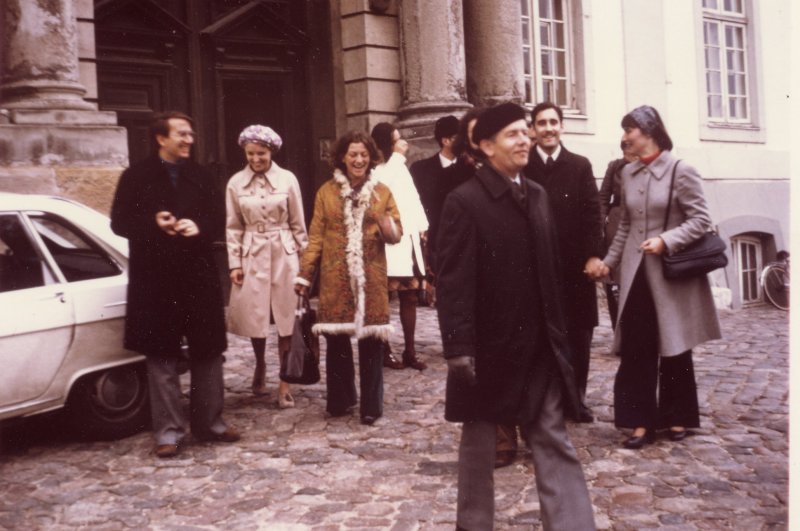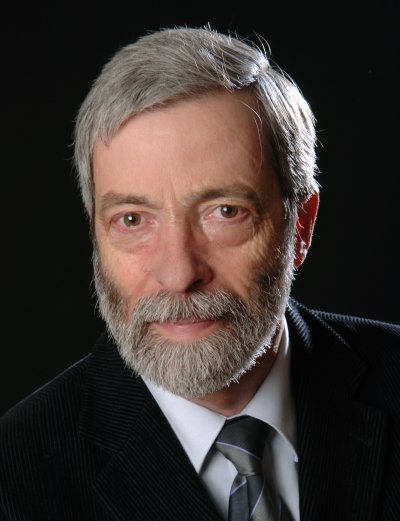Tübingen (Germany) 2022 ( large picture)
and
Pictures by Thomas Rauch and Klaus Werner
The 22nd European Workshop on White Dwarfs was held after a four year hiatus due to the Corona pandemic in Tübingen (Germany) from Aug. 15 to 20, 2022.
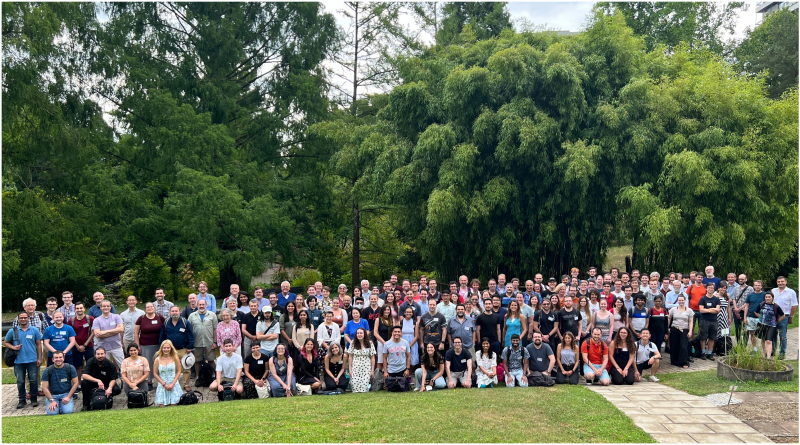
Austin (Texas) 2018 ( large picture)
and
Pictures by Stefan Jordan and
many more pictures
21st European Workshop on White Dwarfs (EuroWD21) 23-28 July 2018. Austin The 21st European Workshop on White Dwarfs was held in Austin, TX from July 23rd to 27th of 2018. This biennial workshop was first held in Kiel (Germany) in 1974 and has since become the primary workshop for those researching white dwarf stars. This workshop's goal is to bring together a scientific community of world experts and young scientists alike to discuss the current state-of-the-art research in fields related to white dwarf stars, and to build an ever stronger network of collaboration.
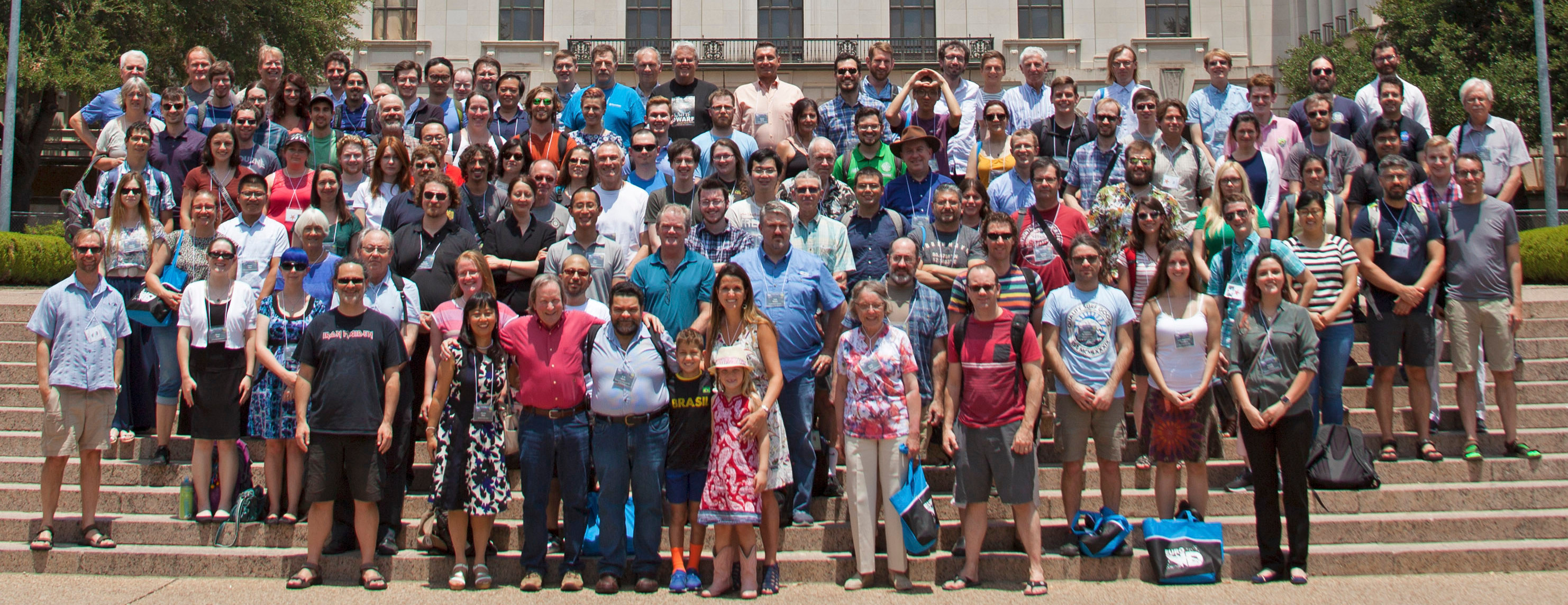
Warwick 2016 (Stefan Jordan's or
Boris Gänsicke's pictures)
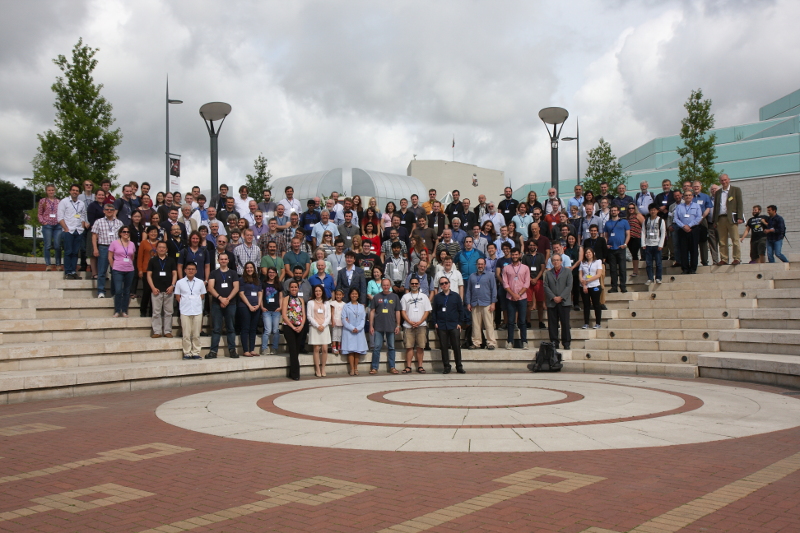
Montreal 2014 (click to see pictures by Stefan Jordan or Klaus Werner )
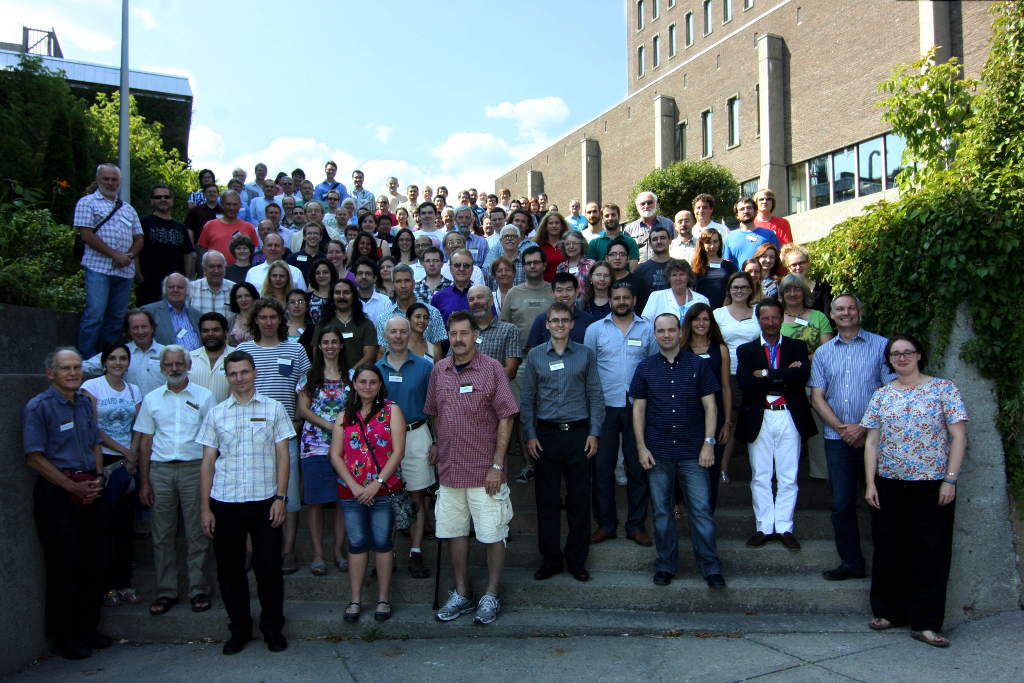
Krakow 2012 (large picture)
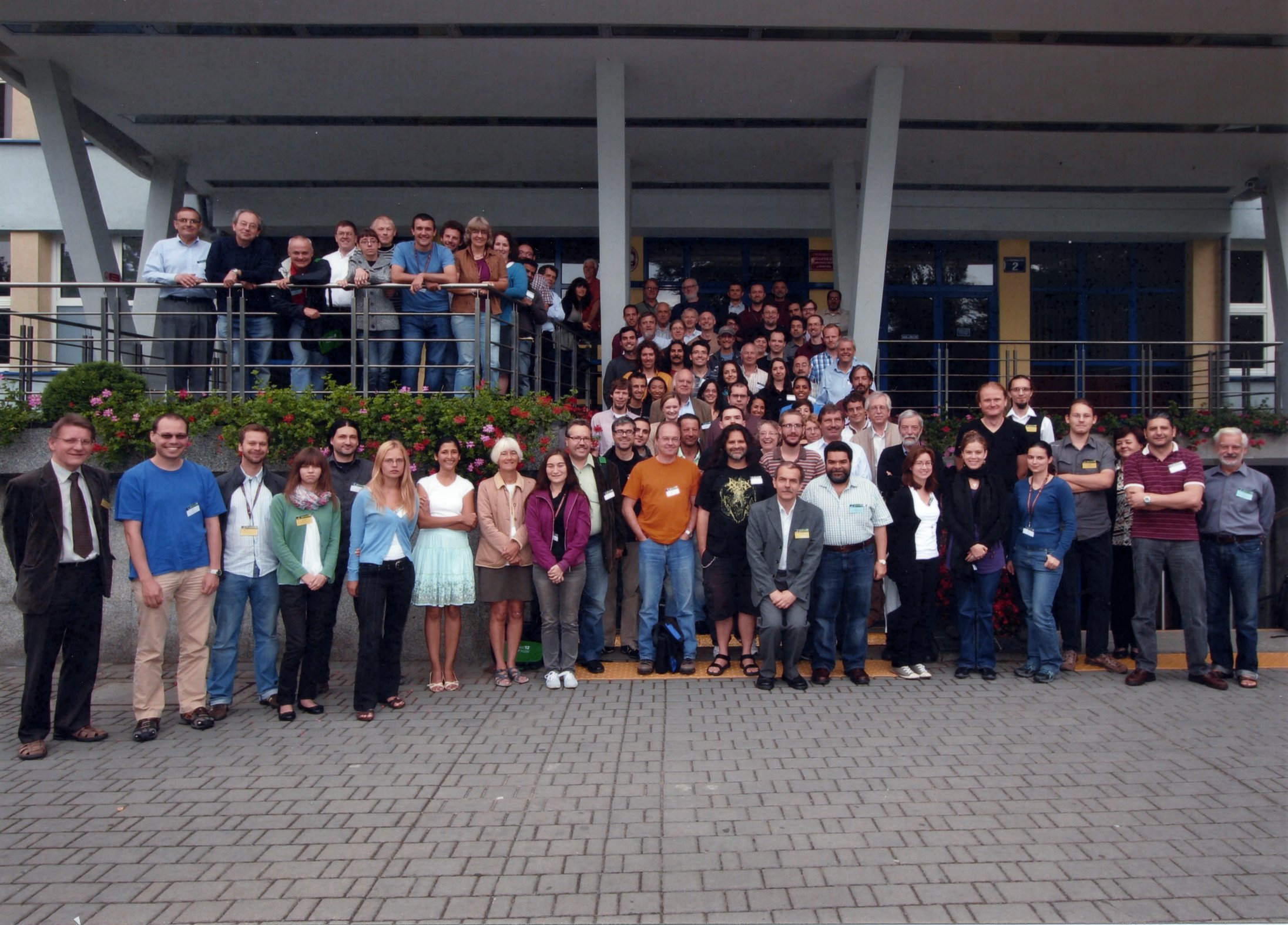
Tübingen 2010 - click to see pictures taken by Stefan Jordan

Barcelona 2008
Garcia-Berro, Enrique; Hernanz, Margarita; Isern, Jordi; Torres, Saiago The 16th European Workshop on White Dwarfs was held in Barcelona, Spain, from 30 June to 4 July 2008 at the premises of the UPC. Almost 120 participants from Europe (France, Germany, United Kingdom, Italy, and several others), America (USA, Canada, Argentina, Brazil, and Chile), and other continents (Australia, South Africa, . . . ) attended the workshop. Among these participants were the most relevant specialists in the field. The topics covered by the conference were: White dwarf structure and evolution Progenitors and Planetary Nebulae White dwarfs in binaries: cataclysmic variables, double degenerates and other binaries White dwarfs, dust disks and planetary systems Atmospheres, chemical composition, magnetic fields Variable white dwarfs White dwarfs in stellar clusters and the halo White Dwarfs as SNIa progenitors.
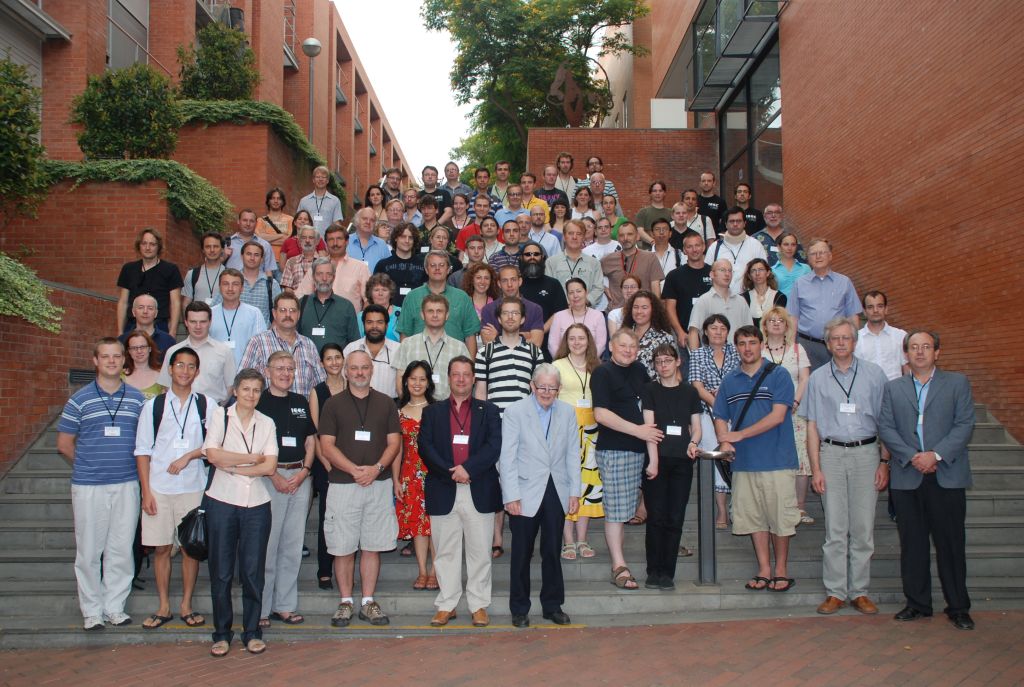
Leicester 2006
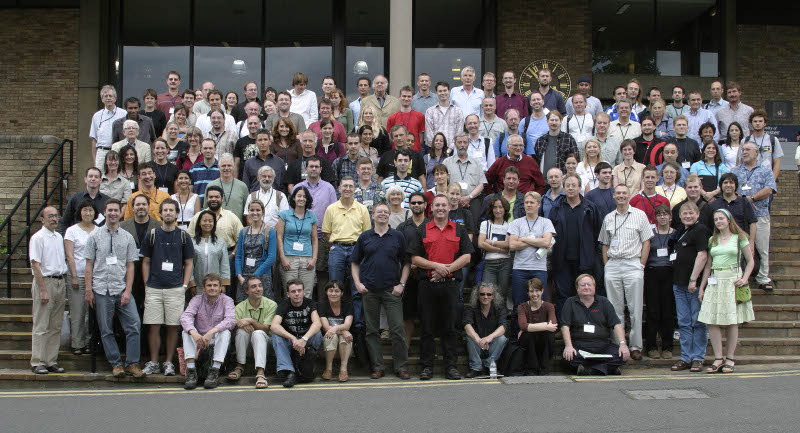
Kiel 2004 - Here are pictures by Kepler and Klaus Werner
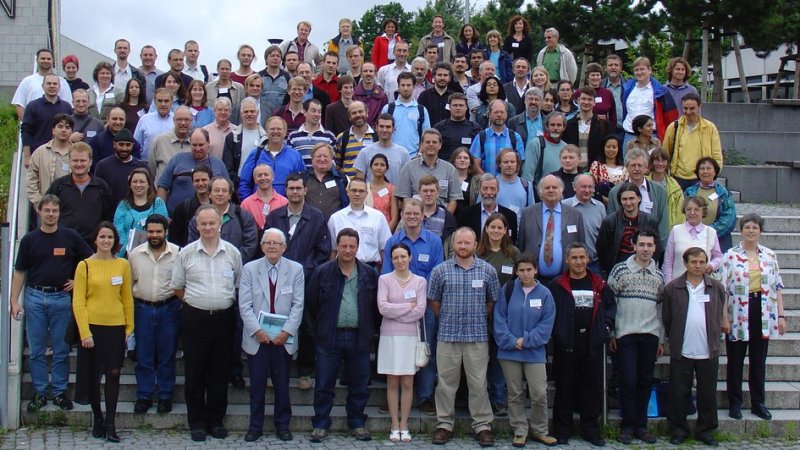
Naples 2002
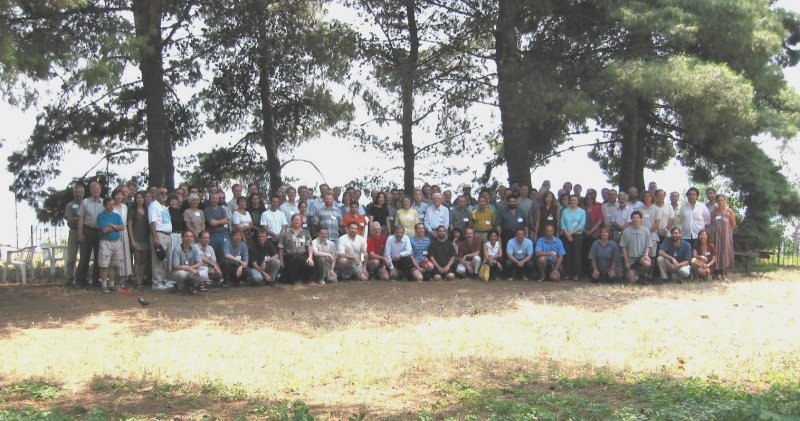
Delaware 2000
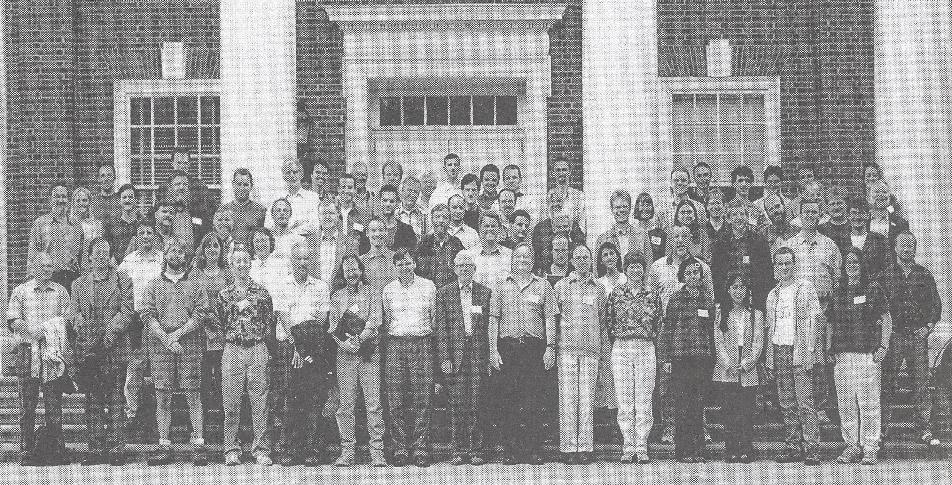
Tromso 1998
Sion 1998, PASP Vol. 110, No. 752 (October 1998), pp. 1256-1258
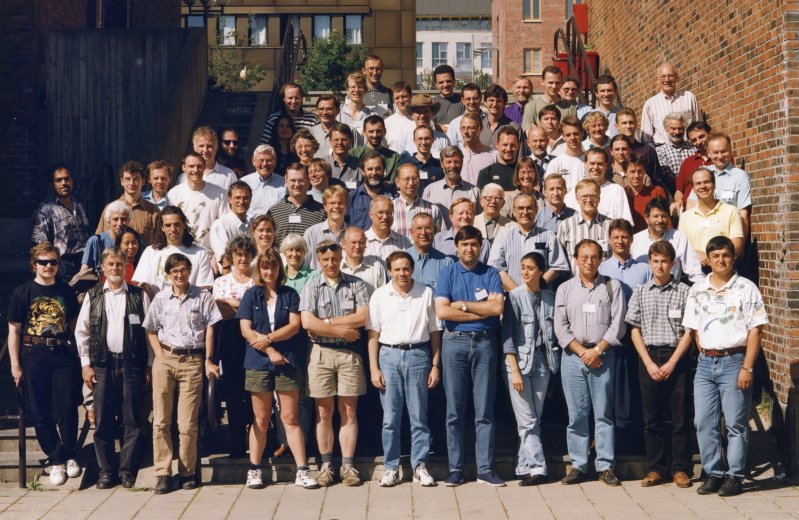
Blanes 1996
Isern, J., Hernanz, M., Garcia-Berro, Enrique (Eds.) The study of white dwarfs has been steadily growing during the last years and now is a mature field extending its influence over many others. Since white dwarfs are long lived objects, they can be used to obtain information about the history of the Galaxy. The simplicity of their structures enables them to act as precise particle physics laboratories and the extreme con ditions reached at their surfaces allow us to test the equation of state and to study the behavior of matter under conditions impossible to be reached in terrestrial laboratories. Nevertheless, white dwarfs are still challenging astrophysicists. Many questions, ranging from the determination of funda mental parameters to the evolution of their outer layers, are still waiting for a satisfactory answer. The European Workshop series on White Dwarfs started in 1974 as a con sequence of the effort and enthusiasm of Professor Volker Weidemann. The existing proceedings of these meetings, together with those corresponding to the lAU Colloquia held in Rochester (1979) and in Hanover (1988), provide a unique opportunity to follow the development of this field. We hope that the present volume will provide a representative snapshot of the state of the art in 1996. In this sense we are very indebted to all the participants that have sent their contributions according to the instructions (this clearly excludes everybody beyond three sigmas from the standards).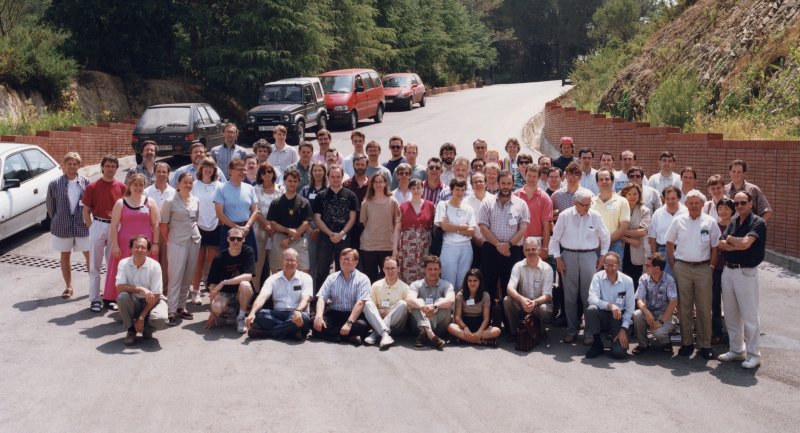
Kiel 1994
Lecture Notes in Physics , #443, 1985 White Dwarfs: Proceedings of the 9th European Workshop on White Dwarfs Held at Kiel, Germany, 29 August - 1 September 1994 by Detlev Koester (Editor), Klaus Werner (Editor) This book is based on the Proceedings of the 9th European Workshop on White Dwarfs, the most recent in a series of meetings which have become the most important events in this field. Many of the contributions, however, have been expanded considerably by the authors to include introductory material. This makes this volume a useful, up-to-date introduction into the present status of observations and theory of white dwarf stars.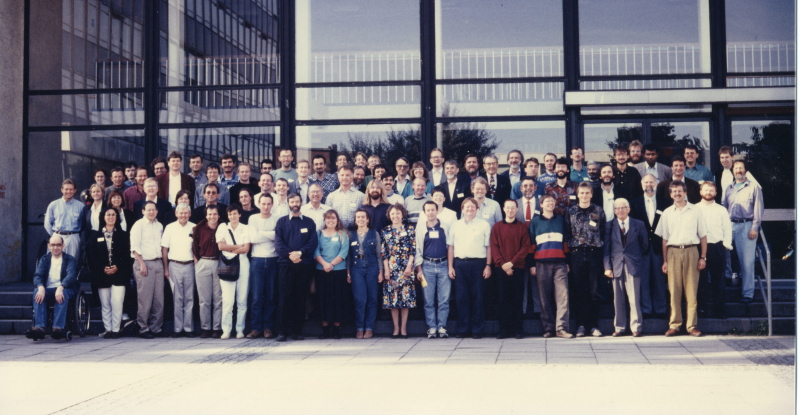
Leicester 1992
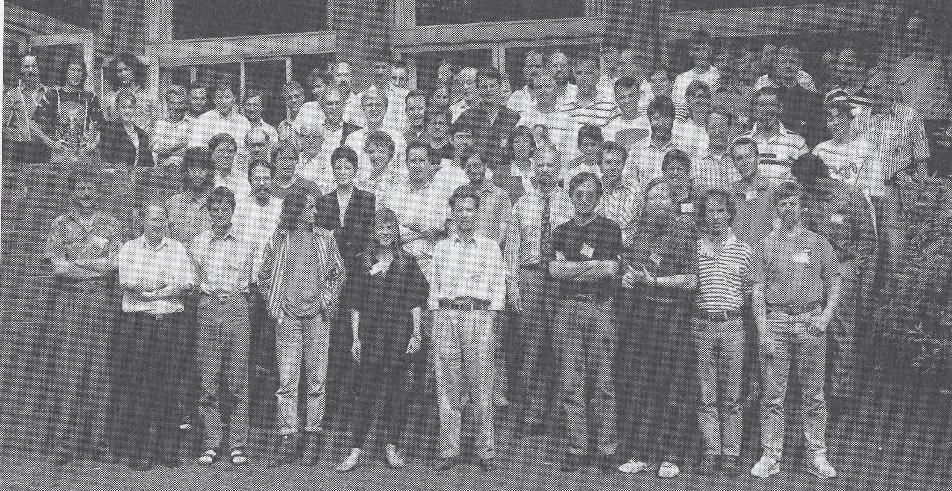
Toulouse 1990
Gerard Vauclair from the proceedings: The European Workshop on White Dwarfs was initiated by Prof. V. Weidemann, with the first meeting organized in Kiel (FRG) in 1974. Almost every two years, an increasing number of astronomers met to share their results and projects in the subsequent workshops: Frascati (1976), Tel Aviv (1978), Paris (1981), Kiel (1984), Frascati (1986). In the mean time, two major IAU colloquia (No. 53 in Rochester, NY, 1979; and No. 114 in Hanover, NH, 1988) emphasized the importance of these stars for our understanding of stellar evolution. The informal organization of the white dwarf community has been the starting point for large cooperative projects of which the Hubble Space Telescope "White Dwarf Consortium" and the "Whole Earth Telescope" are the most spectacular examples. But many other successful collaborations have also been born during the very exciting discussions conducted in the last 16 years on the occasion of our regular meetings. The 7th European Workshop on White Dwarfs took place the year of the seventieth birthday of Prof. Evry Schatzman, whose pioneering work has been the inspiration for many of the new ideas in the white dwarf community. The Scientific Organizing Committee has agreed to dedicate the workshop to him on this occasion. We are pleased to publish as an introduction to the workshop, the text of the talk delivered by Prof. Schatzman at the workshop's banquet.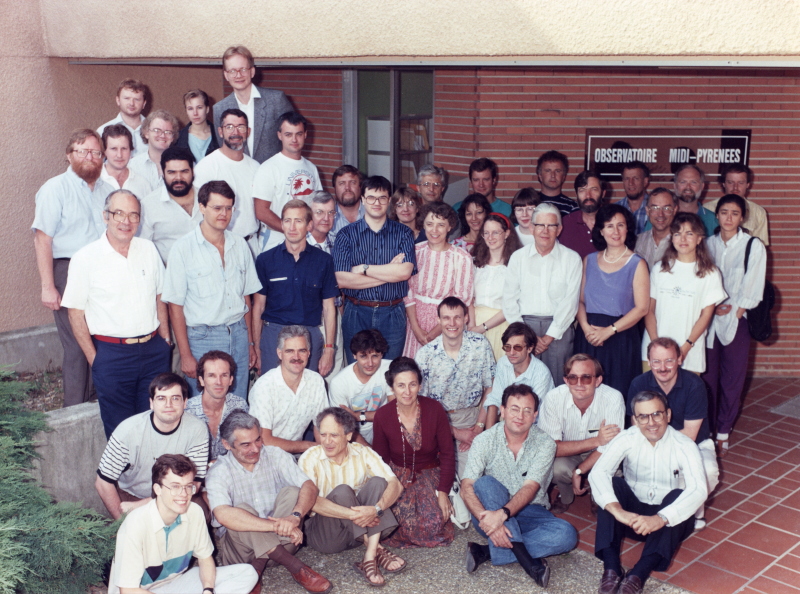
IAU Colloquium Hanover 1988
Monte Porzio 1986
Francesca D'Antona reports: Papers are presented on the luminosity function and the evolution of surface abundances of white dwarfs; the initial-final mass relation; gravitational redshift in white dwarfs; white dwarfs in the Third Catalog of Nearby Stars; white dwarf radial velocities obtained with the preliminary multiple mirror telescope; an analysis of Lyman-alpha profiles in hot DA white dwarfs; and the magnetic white dwarfs. Topics discussed include DBAs and DBZs; a new model atmosphere for G 99-37; the accuracy of parameters of cool white dwarfs as determined by spectral analysis; silicon abundances in hot white dwarfs; the evolution of the 0.7 solar masses red giant; and the relation between the initial mass in main sequence and final white dwarf mass. Consideration is given to the dichotomy DA versus non-DA and the evolutionary times of white dwarfs; the binary star origin of 40 Eridani B; the mass spectrum of the white dwarfs in cataclysmic and precataclysmic binaries; the effect of classical nova outbursts on the evolution of a white dwarf; and the dwarf component of symbiotic binaries.Kiel 1984 (more pictures)
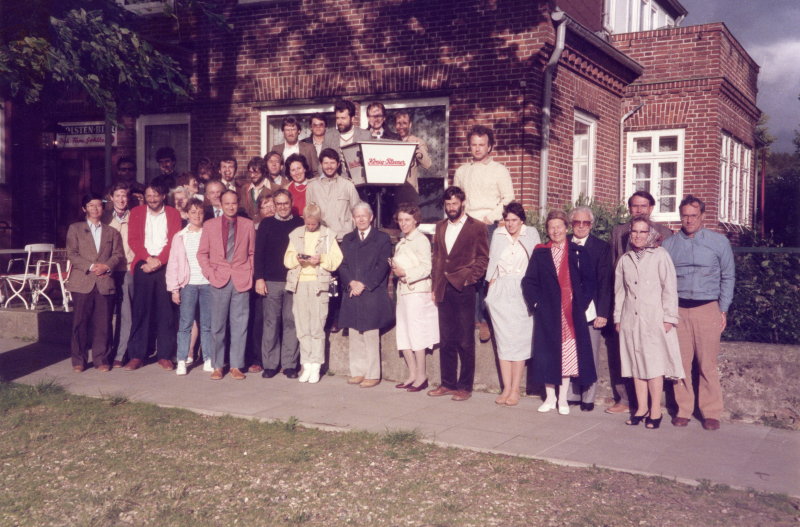
Paris 1981
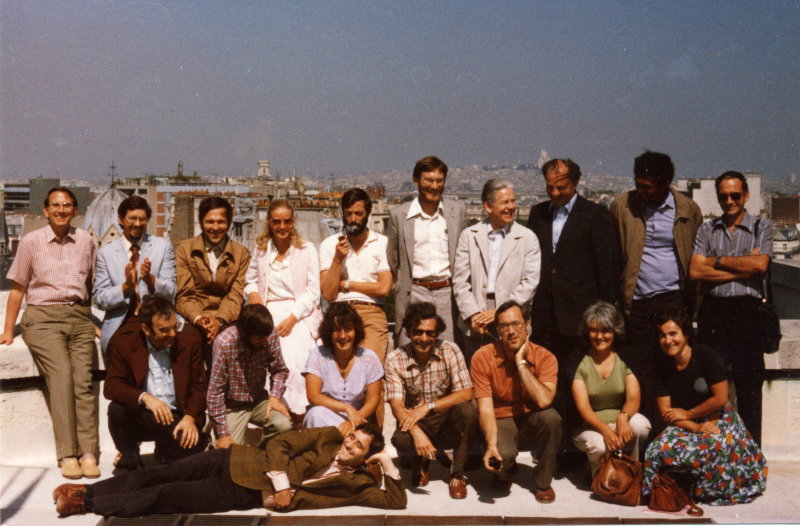
Tel Aviv 1978 (more pictures)
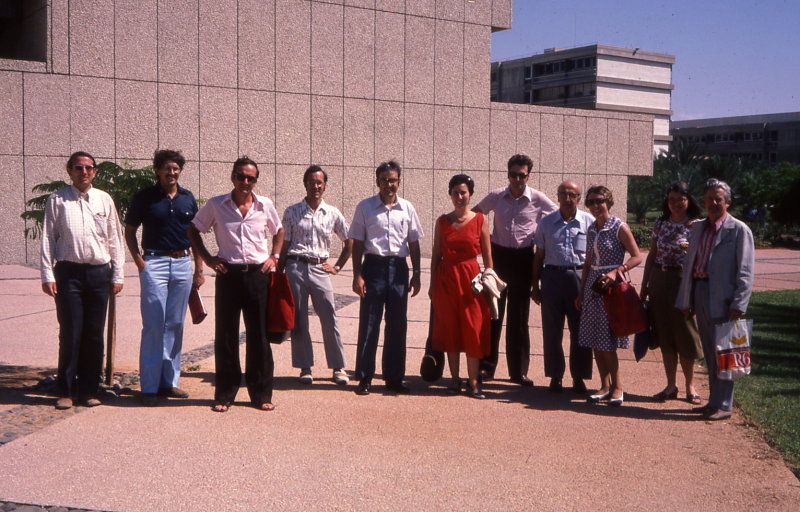
Frascati 1976 (more pictures)
A report is: Volker Weidemann, MmSAI 48, 5,1977
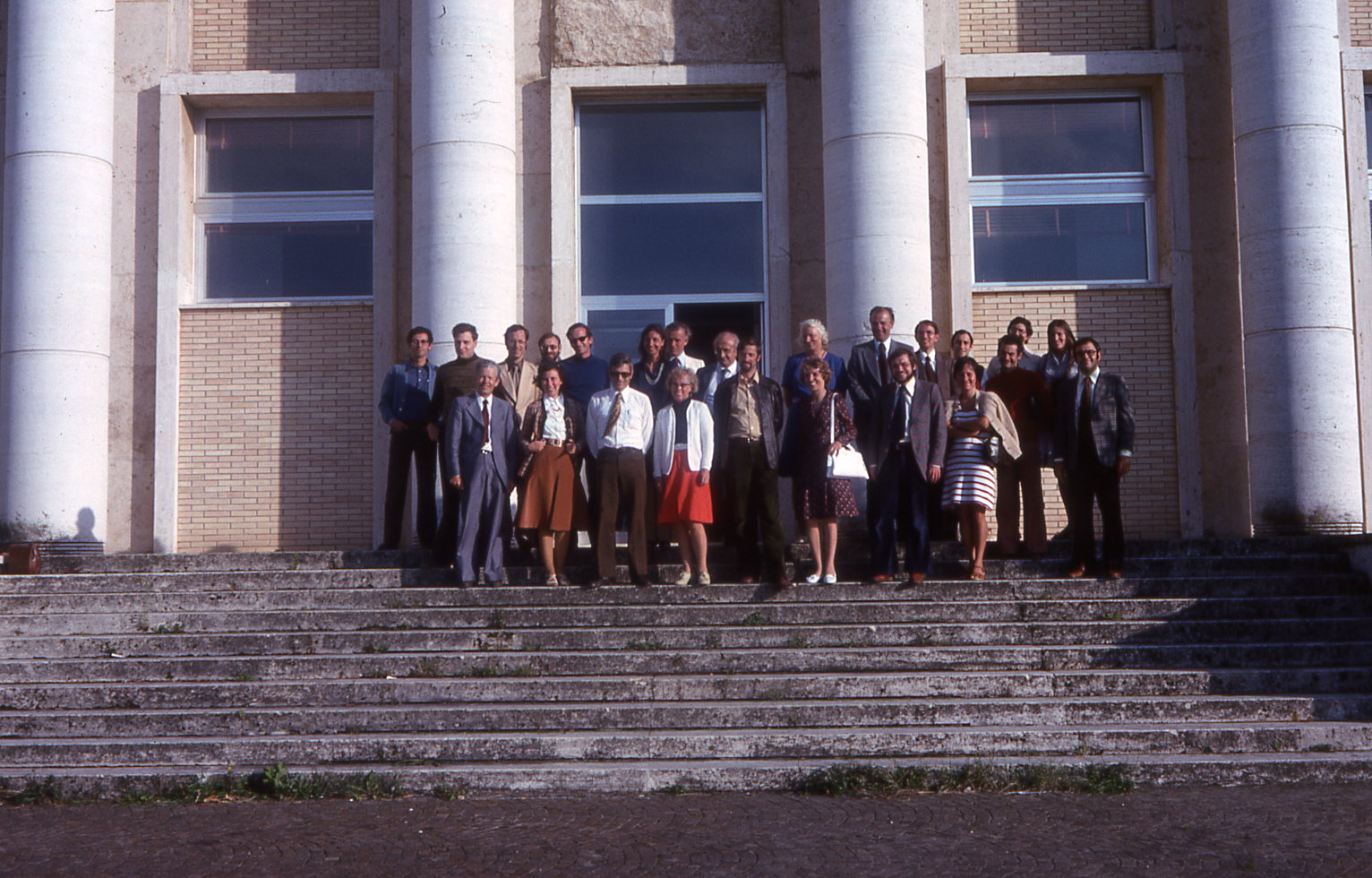
Kiel 1974 (more pictures)
My apologies for the bad image quality, these are scans from
bad paper copies!
Participants at this first ever European White Dwarf Workshop were
Volker Weidemann, Albrecht Unsöld, Karl-Heinz Böhm, Erika Böhm-Vitense,
Gary Wegner, John Landstreet, Gerard Vauclair, Sylvie Vauclair,
Annie Baglin, Harmut Holweger, Rainer Wehrse, Hartmut Schulz,
Irmela Bues, Dieter Reimers. My apologies for any error or omission.
I (DK) could not participate, because I had a long observing run at
ESO/Chile, but Volker Weidemann presented my work.
